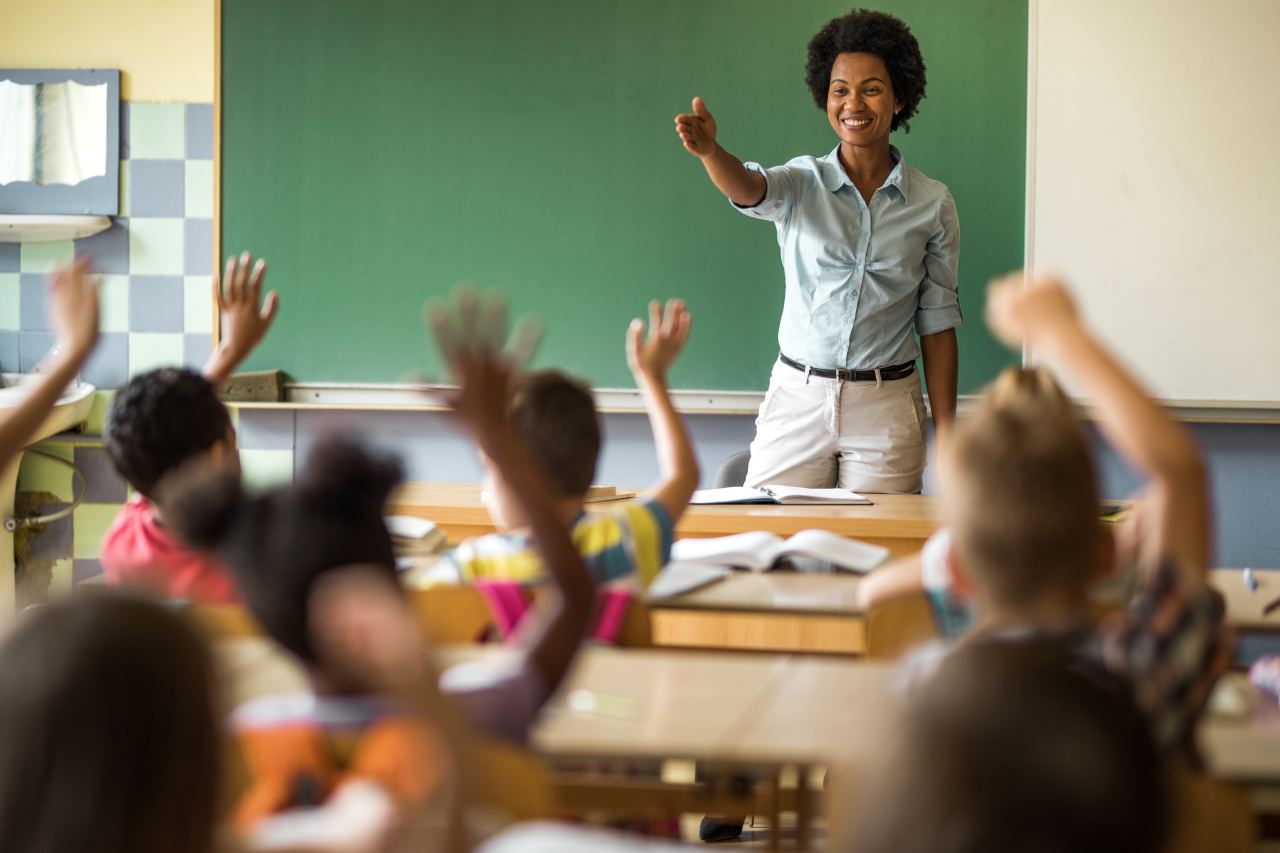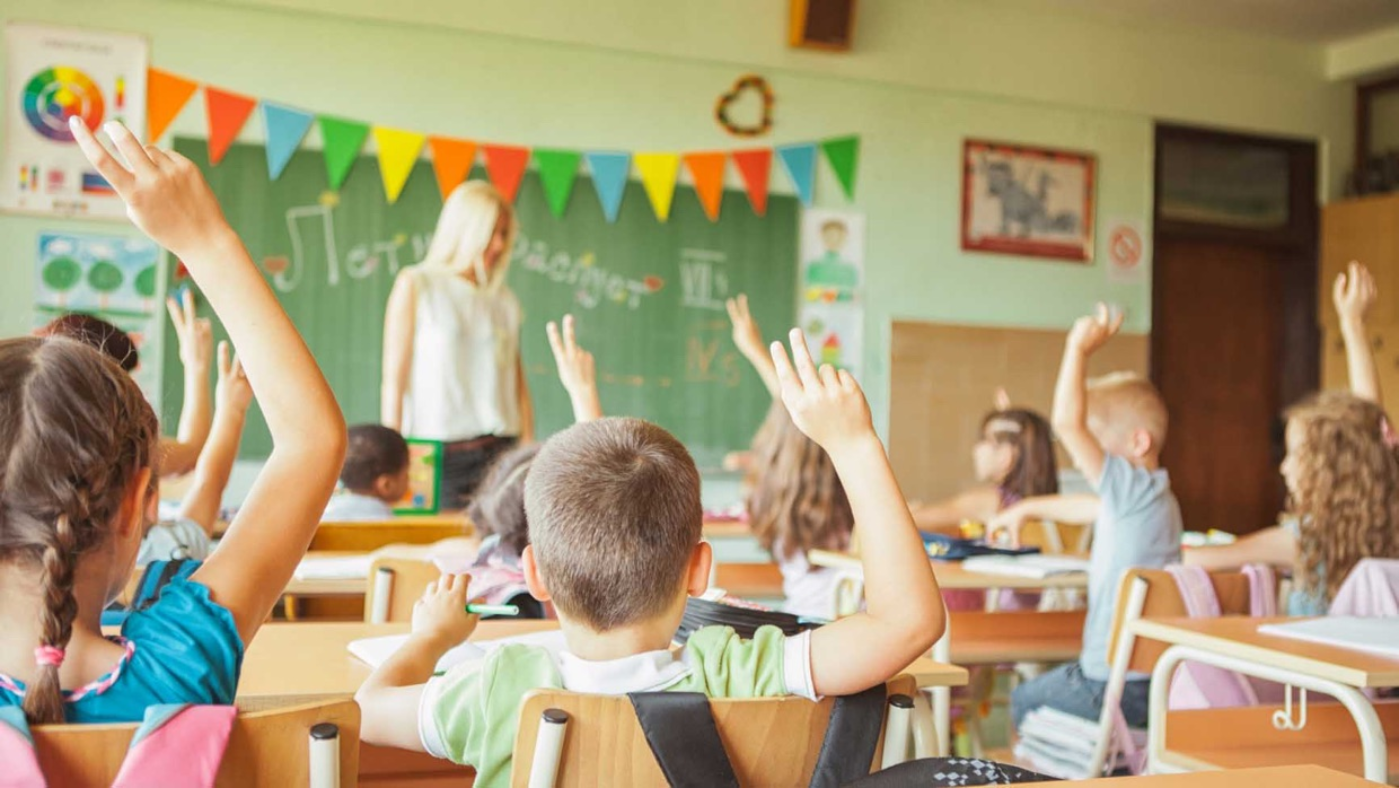Comprehensive Primary Science Tuition Singapore for Primary School Students
Wiki Article
Discovering the Various Training Strategies in Key Science Education And Learning Today
Inquiry-based discovering, hands-on experiments, and the combination of technology are redefining just how educators engage young minds. Additionally, collective strategies and separated instruction are being utilized to provide to the diverse requirements of students, improving both involvement and understanding.Inquiry-Based Knowing
Inquiry-Based Understanding (IBL) is a pedagogical technique that encourages trainees to discover scientific ideas with questioning, investigation, and hands-on trial and error. This method highlights the role of trainees as energetic participants in their discovering, promoting important thinking and analytical skills. By involving with real-world inquiries, trainees come to be inspired and interested, which enhances their understanding of clinical concepts.In IBL, teachers serve as facilitators, directing students as they navigate their questions instead than supplying details directly. This student-centered approach enables differentiation, fitting different discovering speeds and designs. Pupils create skills in creating hypotheses, making experiments, and evaluating information, which are essential for clinical literacy.
Furthermore, IBL fosters collaboration among pupils, urging them to share findings and concepts. This cumulative inquiry advertises social skills and a sense of neighborhood within the classroom. Furthermore, the procedure of questions encourages strength, as trainees discover to welcome failure as a tipping stone towards understanding.
Hands-On Experiments
Hands-on experiments are an important part of efficient science education, enhancing the principles of inquiry-based learning. These experiments allow students to involve directly with scientific principles, promoting a deeper understanding with experiential understanding. By controling products and observing results, young learners can realize abstract concepts in concrete means.Such tasks promote critical thinking and analytical skills, as pupils assume results, conduct experiments, and examine outcomes. This procedure motivates them to ask questions, improve their understanding, and create a scientific frame of mind. Hands-on experiments can be tailored to varied knowing styles, making certain that all trainees have the possibility to involve meaningfully with the content.
In addition, hands-on experiments typically motivate cooperation amongst peers, promoting team effort and communication abilities. Working in groups makes it possible for pupils to share concepts, talk about searchings for, and gain from one another, which enhances their general instructional experience.
Incorporating hands-on experiments into the main scientific research curriculum not just improves the discovering setting yet also grows a long-lasting interest in scientific research. By proactively getting involved in their education and learning, pupils are more probable to develop an interest for scientific query that prolongs past the class.

Modern Technology Assimilation
Incorporating modern technology right into key scientific research education and learning has actually come to be increasingly vital in promoting trainee interaction and enhancing learning outcomes. The usage of electronic devices, such as interactive simulations, online labs, and academic software, provides pupils with opportunities to check out scientific principles in cutting-edge ways. These resources assist in a much deeper understanding of complicated subjects by enabling students to envision and control variables that would certainly be unwise in a traditional classroom setting.Moreover, technology assimilation motivates personalized finding out experiences. Trainees can advance at their own rate, reviewing challenging principles with multimedia resources, which deal with different learning designs. This versatility not only sustains specific growth however also grows a feeling of autonomy in learners.
Additionally, technology offers as a bridge to real-world science, connecting pupils with present study and expert contributions. Access to scientific journals and on the internet databases expands pupils' point of views on clinical query and cultivates critical assuming skills.
Collaborative Understanding
Collaborative learning plays an essential role in main scientific research education and learning by promoting synergy and communication skills amongst trainees. This method urges students to work with each other, share understanding, and take part in analytical, which improves their understanding of clinical principles. By taking part in group activities, trainees find out to express their concepts, pay attention to diverse point of views, and negotiate services, every one of which are crucial skills in both scholastic and real-world contexts.
Research study shows that joint knowing can result in increased inspiration and interaction in science topics, as students find pleasure in common experiences (primary science tuition Singapore). Additionally, this technique prepares students for future collective undertakings, furnishing them with the skills needed for reliable team effort in higher education and learning and professional settings. Inevitably, embracing collective learning in primary science education and learning can substantially enhance the knowing experience and advertise a much deeper understanding of scientific inquiry
Separated Guideline
find out this here
Separated direction can materialize in different methods, such as varying the content, processes, or products of knowing. Instructors may make use of tiered projects that give differing degrees of complexity, allowing pupils to function at their particular preparedness levels. In addition, versatile grouping techniques can help with collaboration amongst pupils with various capabilities, promoting peer knowing.
Assessment plays a critical role in this approach, as it educates guideline and helps educators recognize each student's distinct demands. Formative assessments, such as quizzes and observations, can direct instructors in readjusting their approaches to enhance finding out end results. primary science tuition Singapore. Inevitably, by carrying out differentiated guideline in primary science education and learning, educators can cultivate an extra equitable and reliable learning atmosphere, encouraging all trainees to reach their complete capacity in understanding clinical sensations
Verdict
In summary, the varied training techniques in main science education, including inquiry-based knowing, hands-on experiments, technology integration, collective discovering, and distinguished instruction, jointly contribute to a more effective learning environment. These approaches advertise critical reasoning, problem-solving skills, and a much deeper comprehension of clinical principles. By executing these approaches, educators can create supportive and engaging classrooms that address the varied needs of students, ultimately fostering a lifelong interest in science and boosting scholastic success.Inquiry-Based Understanding (IBL) is an instructional strategy that urges pupils to discover scientific ideas with doubting, investigation, and hands-on trial and error.Collaborative learning plays a vital duty in main science here education by fostering synergy and interaction skills amongst trainees.Research study indicates that collaborative learning can lead to increased inspiration and involvement in science subjects, as pupils locate satisfaction in common experiences.In promoting a comprehensive understanding setting, differentiated guideline arises as an essential strategy to suit the diverse demands and capacities of trainees in primary scientific research education. Inevitably, by carrying out separated instruction in main science education and learning, educators can grow a more efficient and fair understanding setting, equipping all pupils to reach their complete potential in understanding clinical sensations.
Report this wiki page